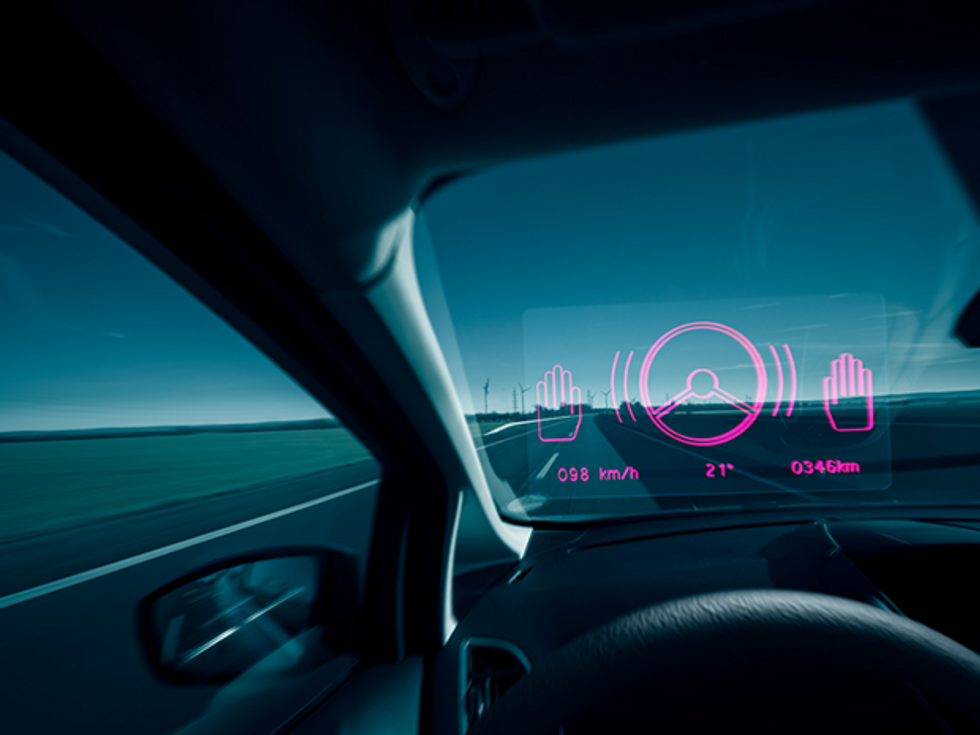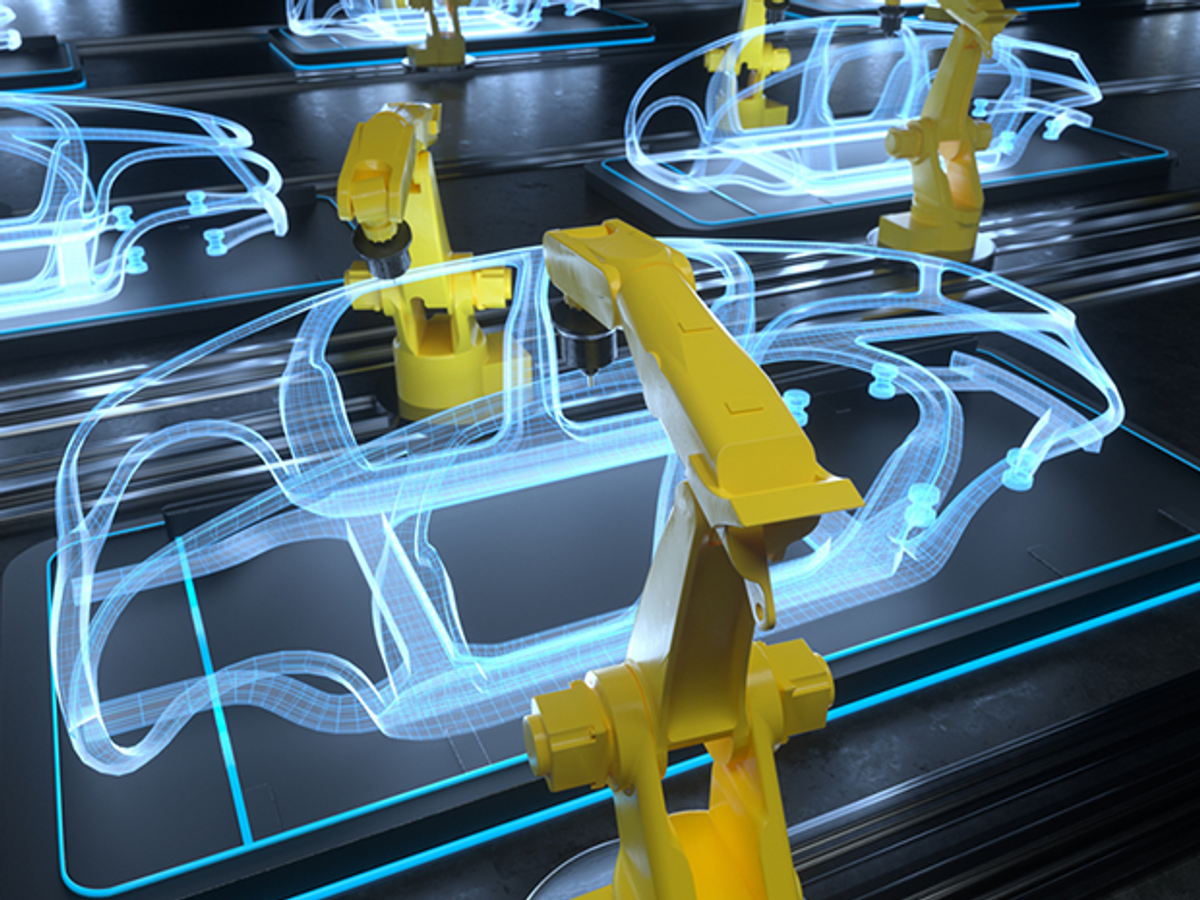A child runs into the street, stands frozen and terrified as she sees a car speeding toward her. What's safer? Relying on a car with autonomous capabilities or a human driver to brake in time?
In that situation, it takes the average driver 1.5 seconds to react and hit the brakes; it takes a car equipped with vision systems, RADAR and LIDAR just 0.5 seconds. That 3x faster response time can mean the difference between life and death, and it's one of many reasons the automotive industry is accelerating down its journey to autonomous. Whether it's safety, efficiency, comfort, navigation or the more efficient manufacture of an autonomous car, automotive companies are increasingly embracing autonomous technologies.
But this wave of interest in autonomous technologies does not come without its challenges. Disparate systems and a dizzying range of software and hardware choices can make charting a path to autonomy challenging. For example, many current solutions for automated driving are based on bulky, high-power, costly standalone chips. Others require proprietary solutions, which severely constrain design flexibility. However, to make it suitable for widespread commercial use, Tier1 and OEMs are looking for a more power-efficient and cost-effective solution suitable for mass production.
To embrace the vision, we need to understand that autonomous workloads are fundamentally different from traditional workloads and confront the challenges that complexity presents. The incorporation of AI and machine learning means the workload magnitude is far greater when compared to something like the narrow scope of operation surrounding, for example, contemporary ADAS (automated driver assistance systems).
Grappling with complexity
Autonomous is also more complex than traditional workloads because of the overlapping and interconnected nature of systems in industrial applications. There may be a machine vision system with its own set of data and algorithms that needs to integrate with robot vehicles that are alerted by the vision system that a task has been completed and pickup is required.
Integration may also be required for other points along the supply chain. For example, vehicles rolling down the manufacturing line will benefit from just-in-time parts arrivals thanks to the more integrated, near real-time connection with the supply chain.
These technologies also need to support features to help achieve both ASIL D and ASIL B safety requirements, as well as ISO26262.

New thinking, new technology
All of this requires a fundamental reconsideration of design, validation and configuration as well as embracing emerging technologies and methodologies.
As we evolve toward increasingly autonomous deployment, we need new hardware and software systems that will replace some of the commercial offerings being used today – and a fundamental shift from homogeneity to heterogeneous systems. These new systems must not only deliver flexibility, but help reduce the power, size, cost and thermal properties while retaining the performance needed to run autonomous workloads. And such systems will benefit from a flourishing ecosystem coalescing around these new design approaches that offer customers choice and flexibility to unleash their innovations.
Our mission at Arm is to deliver the underlying technologies and nurture an ecosystem to enable industries such as automotive to accelerate their journey to autonomy and reap the rewards of delivering new, transformative products to their customers.
In this market deep dive we outline the technology challenges and hardware and software solutions that can propel the automotive industry forward in its journey to a more safe, efficient and prosperous future.



